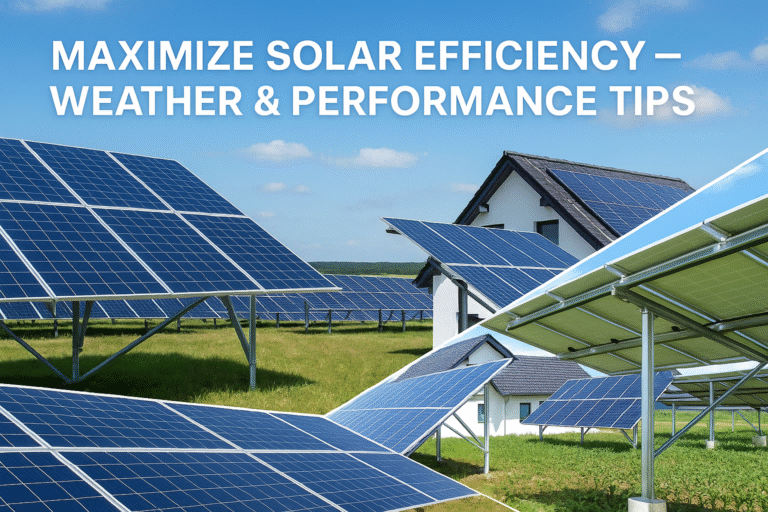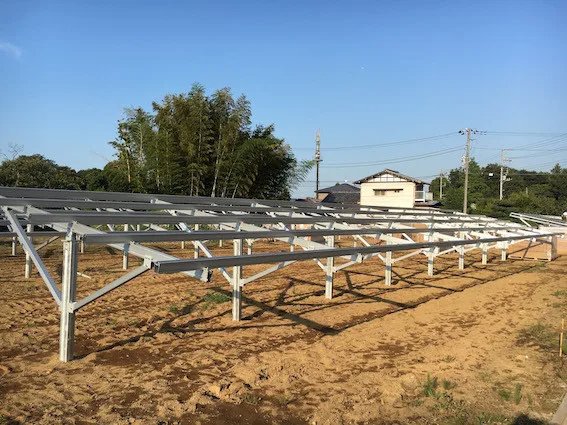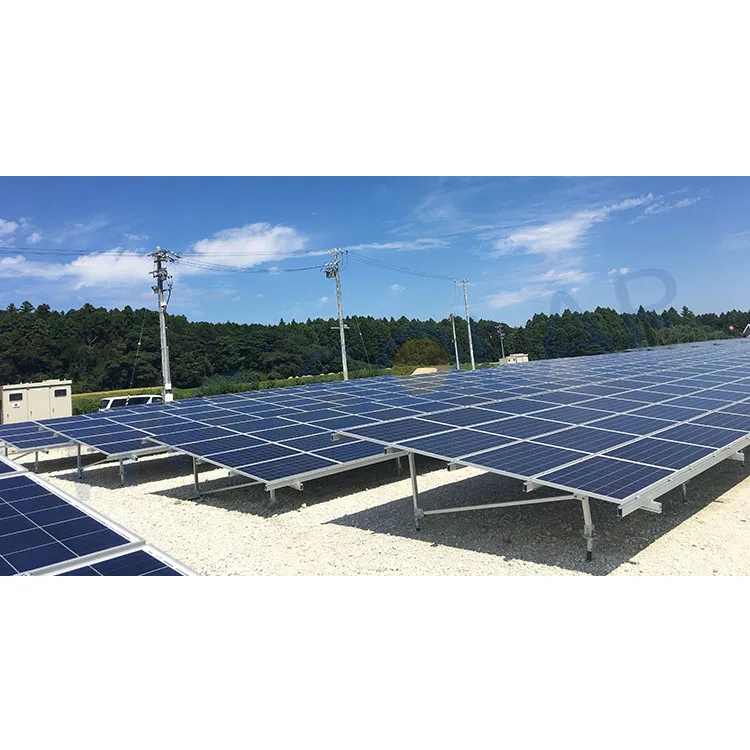-
2103 Room NO.322 Xinggang One Road,Haicang District,Xiamen Fujian,Kina

How Much Electricity Does a Solar Power System Generate? Estimation and Calculation Methods
A typical solar power system generates 1,000 to 1,200 kWh per year per 1 kW installed. However, actual output depends on various factors such as weather, location, and maintenance. This article explains how to calculate solar output and feed-in revenue, what influences solar generation, and how to maintain or increase output efficiency.
Table of Contents
⚡ Average Solar Power Generation
Annual Output Per Installed Capacity
The average annual power generation of a solar power system is estimated at:
1,000–1,200 kWh per 1 kW installed
This value may fluctuate based on seasonal sun exposure. While summer seems ideal, April to May often sees peak generation due to optimal sunlight and moderate temperatures.
Key Calculation Formula
To estimate output:
Daily Average Solar Irradiance × System Capacity × Loss Coefficient × 365
- System capacity: Installed kW
- Loss coefficient: Typically 0.85, accounting for panel dirt, heat, etc.
- kWh = kW × hours
💰 How to Calculate Feed-In Revenue
The basic formula is:
Power Output (kWh) × Feed-In Tariff (unit price)
For example, if your system produces 5,000 kWh/year and the tariff is $0.10/kWh, your income would be $500/year.
🔍 Factors Affecting Solar Output
Panel Performance
High-efficiency panels generate more power with fewer modules. The three main types are:
- Monocrystalline: Highest efficiency, best for limited spaces
- Polycrystalline: Balanced cost and output
- Thin-film: Lower cost, lower output, suitable for large areas
Always check the energy conversion efficiency when selecting panels.

👉 See Floating Solar Mounting System
Number of Installed Panels
More panels = more electricity. But balance installation cost, available space, and expected consumption. Oversizing can lead to unnecessary costs.
Installation Orientation and Angle
- South-facing panels provide the most efficient exposure.
- Adjust angle seasonally if possible:
- Summer: 0–5°
- Winter: 55–60°
- Avoid shadows from trees or buildings.
🔗 Ground Solar Mounting System
Sunshine Duration and Location
Solar output depends heavily on sunlight duration and local climate.
Ideal regions:
- Japan: Yamanashi, Nagano, Shizuoka
- USA: Southwest (Arizona, Nevada)
- Europe: Southern Spain, Greece
Note: Hotter is not always better—high panel surface temperatures can reduce efficiency by 0.5% per °C over 25°C.
⚠️ Causes of Reduced Output
1. Panel Degradation
Even high-end panels degrade over time—expect about 0.5–1% drop per year.
2. Overheating
Panels can reach 60°C in summer, reducing output significantly. Consider floating installations which benefit from water cooling.
3. Dust and Debris
Bird droppings, leaves, and pollutants can block sunlight. Regular cleaning is essential.
4. System Losses
Inverter (power conditioner) failures or inefficiencies can cause energy loss. Monitor system health regularly.
5. Salt Corrosion
Coastal installations may suffer from corrosion. Use anti-corrosive mounting systems when applicable.
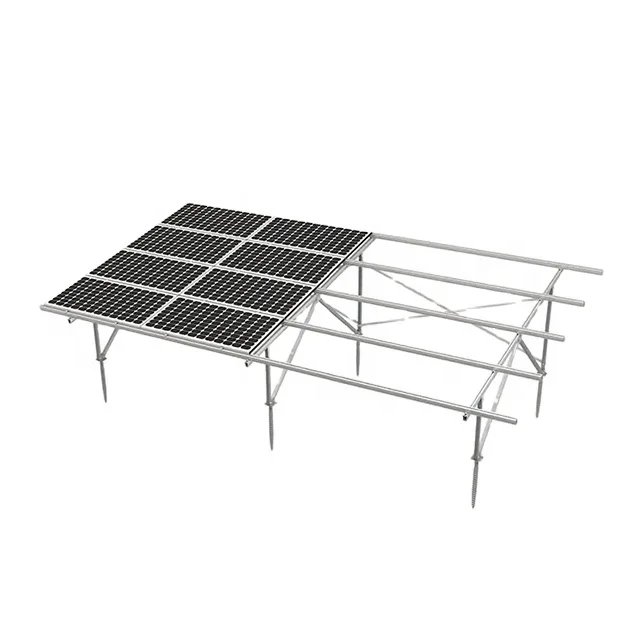
🔗 Aluminum Ground Mount with Screw Pile
🔧 How to Improve Solar Output
✅ Use Durable, Long-Life Panels
Choose panels with at least 25–30 years of lifespan, even if the upfront cost is higher.
✅ Monitor Daily
Check for abnormal performance and address issues quickly.
✅ Avoid Shaded Areas
Shadows from trees, buildings, or poles can drastically reduce output.
✅ Adjust Panel Orientation
Position for optimal sunlight throughout the year, especially in ground-mounted systems.
✅ Schedule Regular Maintenance
Professional cleaning and inspection help maintain peak performance.
✅ Install Floating Solar Systems
Floating solar boosts output by up to 10%. It eliminates shading and benefits from passive cooling via the water surface.
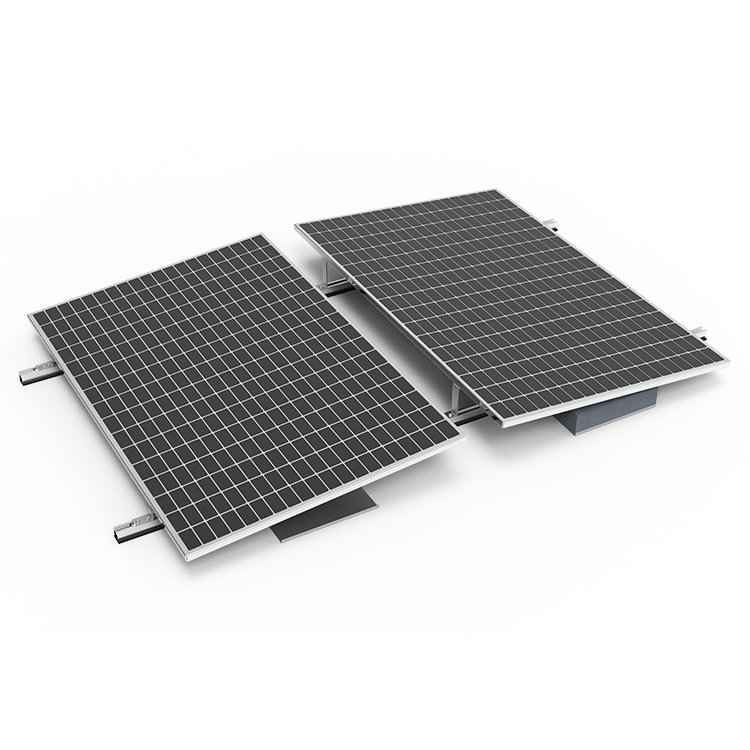
🔗 Explore East-West Ballasted Roof System
Conclusion
On average, a solar power system generates 1,000–1,200 kWh per year per 1 kW. However, this output can vary due to panel type, orientation, local climate, and maintenance.
If your site suffers from limited sunlight, excessive heat, or land constraints, floating solar is a high-efficiency, space-saving solution.
Looking for a reliable mounting system supplier?
👉 Contact Firstsolar — your trusted partner for durable and efficient solar racking systems.

